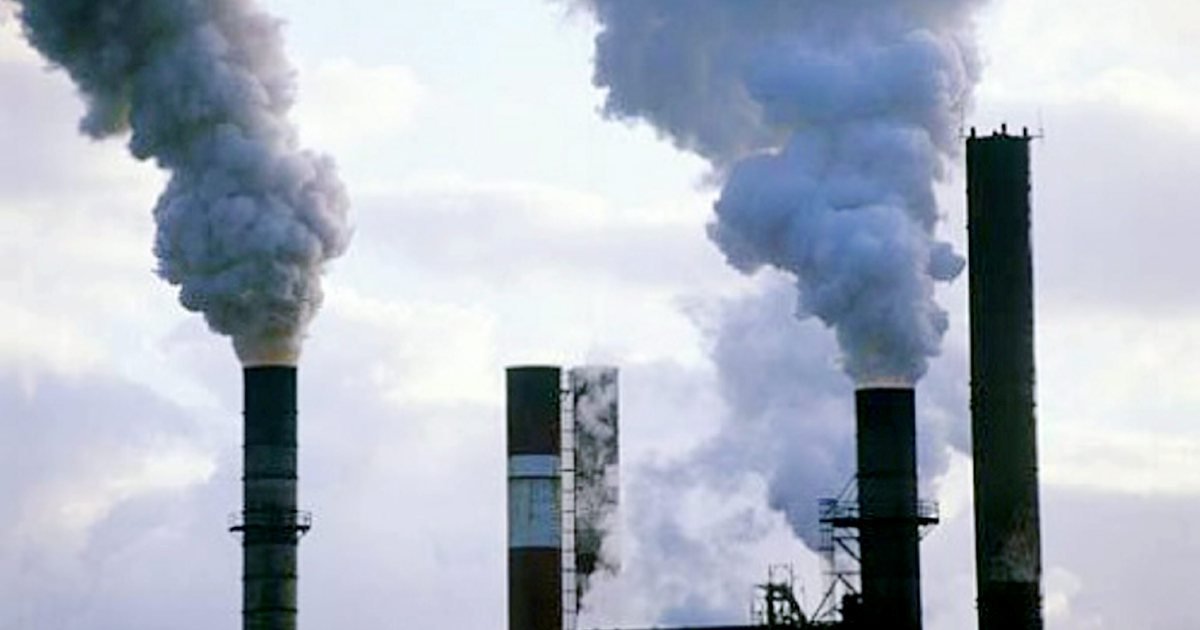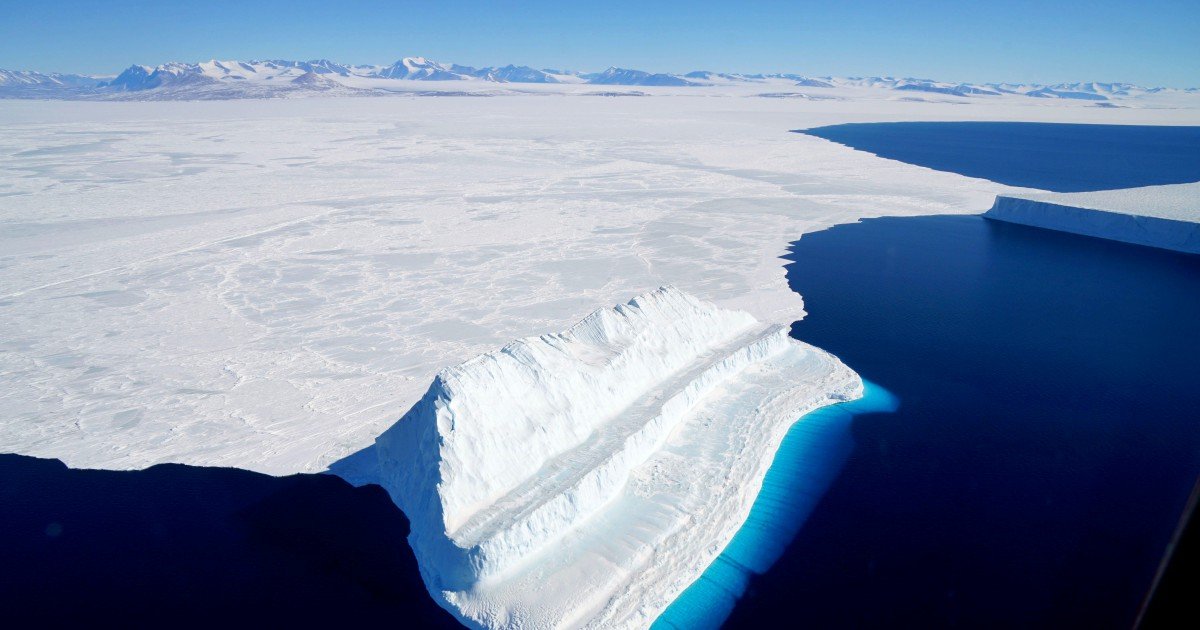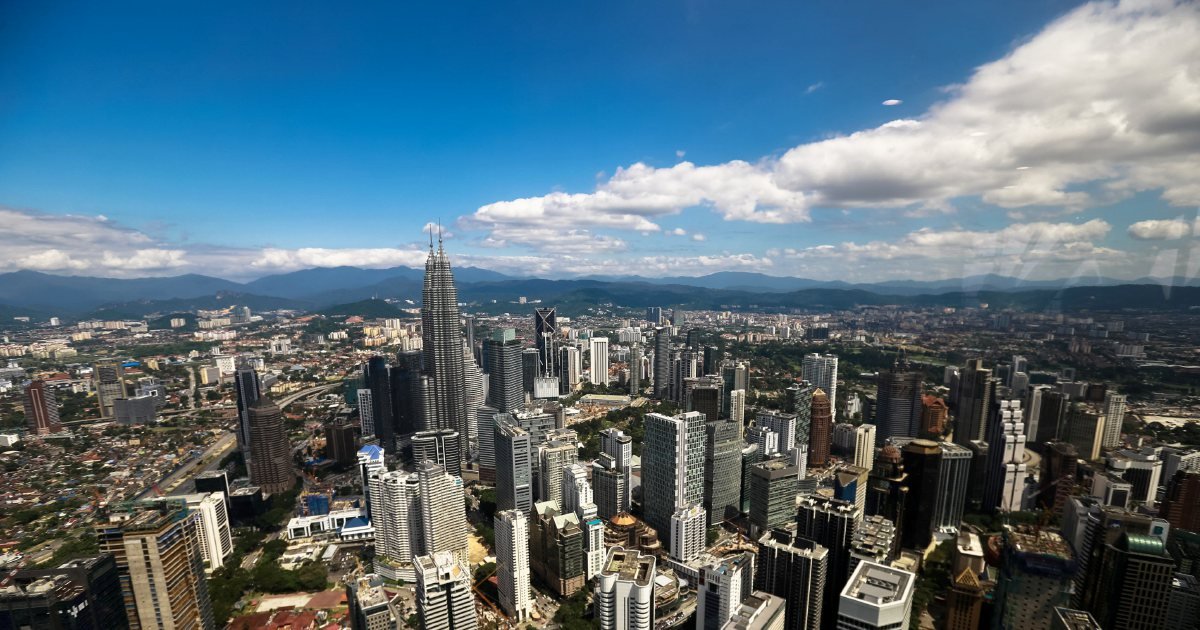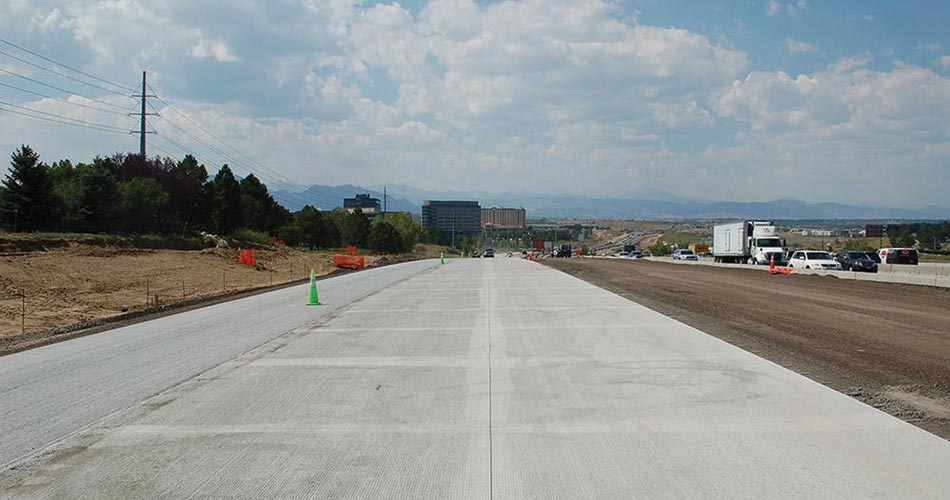What The Government Needs To Do To Put An End To Malaysia's Annual Floods
Some Malaysians have devised a plan to survive the disastrous flood season that has afflicted our country for years, which shouldn't be their responsibility. But what is the solution to this environmental catastrophe that has taken lives?
The Ministry of Environment and Water has estimated that over the next 78 years, Malaysia will need an allocation of RM392 billion to permanently solve the country's flood problems
Environment and Water Minister Datuk Seri Tuan Ibrahim Tuan Man said on Monday, 5 September, that the government's commitment to addressing climate change is evidenced by the substantial funding given to the development of the country's water resources, reported New Straits Times.
"For long-term measures up to 2100, the ministry estimates an allocation of RM392 billion is needed to overcome flood problems in Malaysia," said Tuan Ibrahim.
"This cost estimate, among others, includes the main components of flood mitigation and urban drainage amounting to RM230.71 billion and coastal infrastructure amounting to RM126.55 billion."
Are flawed drainage systems the only reason Malaysia floods every year?
Before we discuss the reasons why floods happen yearly, it's important to understand what is flooding and how it happens.
A catastrophic flood, according to National Geographic, is an event in which water overflows excessively to dry land. While a poor drainage system is one of the reasons why this happens, there are three major components to flooding.
1. Climate change is the main cause of floods
It's a well-known fact that climate change has severely affected every corner of the world. According to the United Nations (UN), since the 1800s, human activities have been the primary cause of climate change due to our excessive usage of fossil fuels such as coal, oil, and gas.
Despite the fact that humans discovered the climate problem more than two centuries ago, the state of mother nature has only deteriorated as humans continue to deplete its resources.
2. The rapid melting of ice in Antarctica has caused the sea level to rise globally
The term climate apocalypse became popular in Malaysia in August 2022 when Polar explorer Dr Sharifah Mazlina Syed Abdul Kadir warned the public that Malaysia will face extreme climate by 2040.
Dr Sharifah explained that her observations during several trips to the North Pole and Antarctica revealed that the temperature in the North Pole is no longer freezing, but rather warm and that volcanoes in Antarctica are now active, reported Harian Metro.
As Antarctica continues to sink, Malaysia will drown with it.
Malaysia is a relatively small country with a land area of only 330,345km². This tiny land is surrounded by the South China Sea which is 3.6 million km² in size. As the sea level rises every single day, water from the South China Sea will overflow and encroach Malaysia's shores.
3. Poor town planning is also sinking Malaysia
On 13 August 2018, BBC reported that Jakarta is sinking and that if the situation continues, the city could be completely submerged by 2050. Jakarta residents witnessed buildings slowly sinking into the ground and swallowing their homes due to groundwater extractions, which caused the soil to dampen.
While what is happening to Jakarta is extremely concerning, buildings in Malaysia have already begun to sink into the ground. On 2 December 2018, 60 residents of Taman Gedung Indah's low-cost flats are at risk of sinking land due to possible soil erosion at the base of the five-story building, reported New Straits Times.
On 29 July 2022, a water company in Penang rejected the environment minister's call to tap into groundwater to meet the state's future water needs. According to Penang Water Supply Corp CEO Jaseni Maidinsa, using groundwater would also have a negative impact on building foundations due to land sinking, reported Free Malaysia Today.
It's safe to say that we dodged a bullet there.
The extraction of groundwater, soil erosion, and flawed drainage systems are all effects of poor town planning.
However, poor town planning has less of an impact on the wealthy
Klang Valley is widely regarded as the country's most profitable region. Most developers and capitalists would think to expand their business in the capital city and its surrounding regions when looking for new opportunities, leaving behind the development of other rural areas.
In a January 2021 report, an online platform dedicated to bringing positive impact to local communities, Wiki Impact, wrote that the poor in Malaysia faced the fullest effects of the worst floods in the country's 50 years of history.
It is said that rural poor communities suffered more from hazards compared to urban counterparts.
Now that we've discussed why floods occur so frequently, let's look at a few other measures the government must consider aside from fixing the drainage system to permanently end floods.
1. A sponge city will greatly aid in flood prevention
What exactly is a sponge city? They are cities designed to collect and absorb rainwater where it falls via sustainable urban drainage systems leased from green infrastructure.
Yu Kongjian, Peking University's College of Architecture and Landscape dean, is the driving force behind this concept. He devised this idea to aid in the relief of Beijing's flood crisis.
Yu said that global cities' current approach of constructing massive concrete barriers and covering all permeable surfaces is doomed to fail and that cities should instead look to nature for solutions to flooding.
Yu's ideas were adopted by the Chinese Central Government in 2013, and the plan was implemented in 30 cities. Following successful trials, cities in China are now required to construct sponge city elements, with authorities aiming to transform 80% of urban areas into sponges by 2030.
Sponge city is not a new concept in Malaysia
Putrajaya transformed into a sponge city a few years ago and is Malaysia's best example of how cities can absorb rain and prevent flooding in the country, reported New Straits Times.
"Putrajaya is a good example of a sponge city. Rainwater will fall into ponds, which then flows into wetlands where it is filtered before it goes into lakes as clean water," said the Drainage and Irrigation Department deputy director-general Bibi Zarina Che Omar on 2 June.
While Putrajaya is on the right track in terms of flood prevention, other territories and states, too, deserve to live in a sponge city and be free from the fear of losing everything due to annual floods.
2. The usage of concrete in architectural development needs to be limited
The presence of concrete on the ground and in the sky dooms modern cities. While we've grown accustomed to seeing concrete everywhere, it's actually extremely harmful to the environment.
Concrete is a material that doesn't allow water to permeate it and has a low capacity to retain rainfall. In fact, concrete prevents rainfall from reaching the soil and directs it into drains that are prone to being clogged, causing flooding in streets and walkways.
It's worth noting that the main ingredient in concrete is cement, which accounts for about 8% of global carbon dioxide (CO2) emissions. Concrete pavements also absorb solar radiation and warm the environment by re-emitting the heat to its surroundings.
3. Permeable pavement, walkways, and gardens must be fully utilised
While the Ministry of Environment and Water is working to improve the drainage system, permeable pavements are one effective way to mitigate floods. If the current concrete pavement is not replaced, uncontrollable rainfall may still overwhelm the drains.
The soil will be able to absorb rainfall and excess water on the road better with permeable pavements which are designed to have some grass permeating between the gaps.
When will Malaysians finally see an end to the annual floods?
It's difficult to predict when the annual floods will end because authorities are only now beginning to formulate long-term strategies and acknowledge that Malaysia is already reeling from the effects of climate change.
Malaysians must remember that the climate apocalypse is on its way and is expected to show its full effects by 2040, 18 years from now. Though it is not our responsibility to come up with flood prevention ideas, it is a citizen's duty to hold our authorities accountable and have a contingency plan for our own.
This story is a personal opinion of the writer and does not reflect the position of SAYS.
You too can submit a story as a SAYS reader by emailing us at [email protected].









